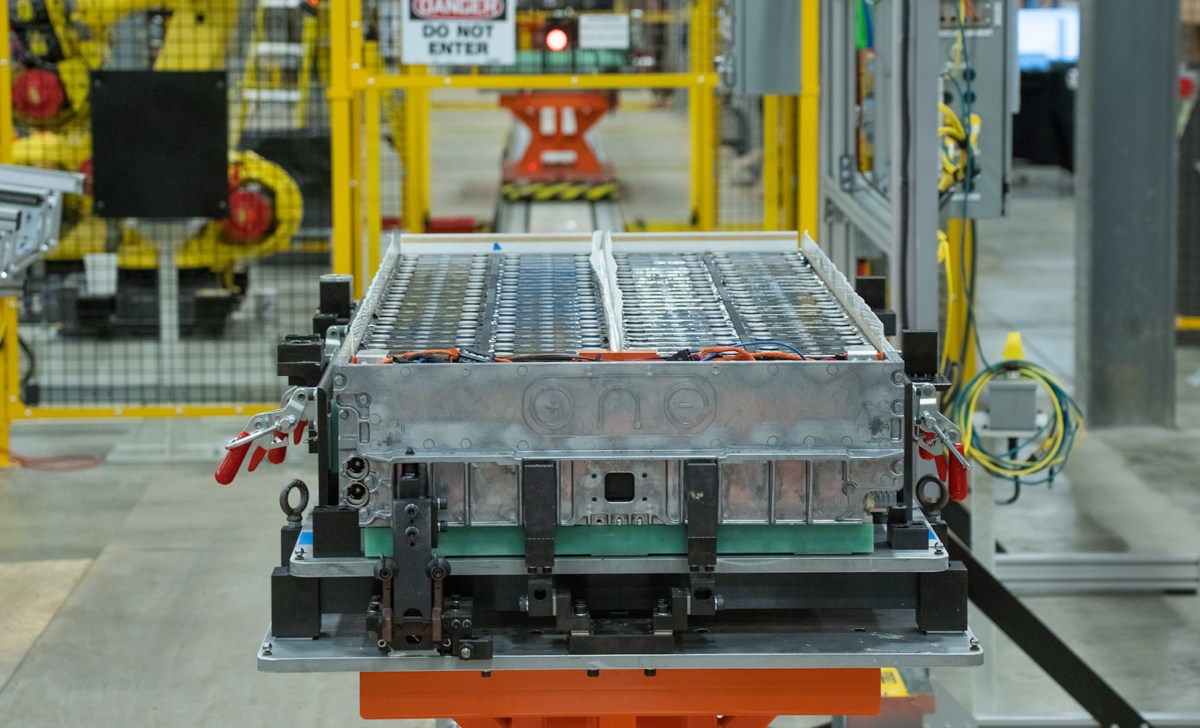Battery startup Our Next Energy announced this morning that it closed a massive $300 million Series B in an effort to get its $1.6 billion gigafactory up and running.
The new round values the company at $1.2 billion post-money, marking a stunning rise for the two-and-a-half-year-old company, which closed a $25 million Series A in October 2021 and a $65 million Series A1 in March 2022.
Founded by Mujeeb Ijaz — a veteran of Ford, A123 Systems and Apple’s automotive effort — ONE has focused its efforts on finding low-cost, highly available materials for its battery chemistries. The gigafactory in question will pump out lithium-iron-phosphate cells, better known as LFP.
Ijaz told TechCrunch that the first 2 gigawatt-hours of capacity at its Michigan plant will come online by the end of next year, and the remaining 18 gigawatt-hours will be added in stages over the following three years.
The new round was led by Fifth Wall and Franklin Templeton, and it was joined by growth equity investors Temasek, Riverstone Holdings and Coatue; venture investors AI Capital Partners and Sente Ventures; and ONE’s Series A investors, including Breakthrough Energy Ventures, Assembly Ventures, BMW i Ventures and Volta Energy Technologies. Also joining the round are two unnamed strategic investors, “a manufacturer of EV technology solutions and a renewable energy provider,” the company said.
Franklin Templeton’s addition is notable because it represents a shift from straight venture to including growth equity. With the investment, the firm gains a seat on the board and could become a source of debt for ONE’s equipment purchases. “We’re actually seeing that as the beginning of a long-term relationship that will go past Series B into Series C and potentially as we go public,” Ijaz said.
ONE’s move into at-scale manufacturing comes as the U.S. battery industry is newly emboldened by the Inflation Reduction Act, which offers substantial incentives for companies to develop domestic supply chains and production. As a result, U.S. battery startups have begun to embrace their role not just as R&D shops that license their technology but as manufacturers competing with largely Asia-based giants like LG Energy Solution, CATL and SK Innovation.
While ONE has gained significant government backing, including $220 million in grants from the state of Michigan, the decision to build an LFP gigafactory isn’t without risk. While LFP was invented in the U.S., most of the production today takes place in China.
That’s in part because pioneering battery company A123 Systems bet big on the chemistry only to see the market for its cells evaporate. That sent the company into bankruptcy, where it was purchased for a song by a major Chinese auto parts company. Chinese companies also swept in and bought the rights to many LFP-related patents, several of which only expired last year.
After the successful launch of the Tesla Model S, LFP cells were unable to deliver the range consumers expected and fell out of favor in the U.S. and Europe. Over the last decade, Chinese companies have developed vast factories that can crank out cells at low prices.
In some ways, ONE’s gigafactory endeavor echoes that of A123, and that story didn’t end well. I asked Ijaz, who was an executive at the company during its rise and following its sale in bankruptcy, whether he thought this time would go any differently.
“I’ve thought a lot about this as I went through that experience very closely,” he said. “I think there are four differences.”
